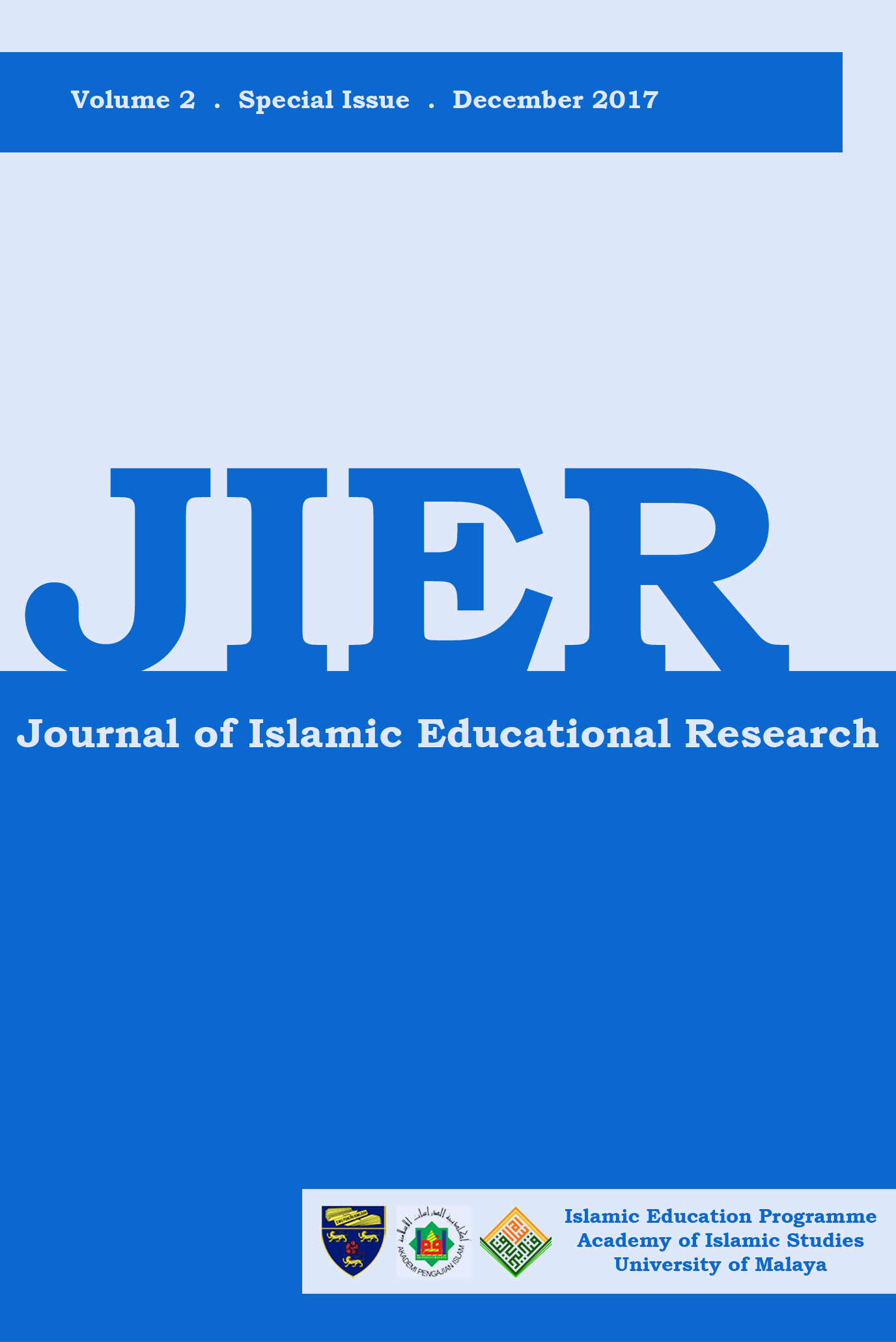THE OPTIMIZATION OF THREE EDUCATIONAL PILLARS TO SHAPE A QUALIFIED CHARACTER EDUCATION
Keywords:
Family, School, Community, Character EducationAbstract
The education process is always associated with the three pillars of education centers: family, school and community. The sequence of education and education sociology as well as the factor theory put family education as the first followed by formal education (school) and non-formal education (community). In the context of character education, it is closely related with the education of values and morals. Therefore, the three pillars must work together in harmony and play their functions proportionally. Given the fact that education in a family is more in childhood, then, protecting, modelling and character building is the main task of the family. The growth of children’s fitrah is part of the growth of religious personality and is the essence of the personality of a Muslim which eventually forms noble character. School as a continuation of family education is expected to continue what have been taught in the family, especially related to the growth of fitrah (faith to one God), love the truth, goodness and beauty. The main function of society is growing amar ma‘ruf nahi munkar (enjoining what is right and forbidding what is wrong). The Muslim community is further described to always be faithful, doing good deeds, to advice in truth and patience. Character education cannot be separated from family, school and community. Characters are related with education of value, while education of value takes place throughout life. The role of government and culture in forming the character of the children must be run with sincerity, planned and targeted. Contacts occurred in the relationship between family members is a process of character education for children. Therefore, it is very important for further education.
Downloads
Downloads
Published
How to Cite
Issue
Section
License
The published manuscript shall be a copyright of the Islamic Education Programme, Academy of Islamic Studies, University of Malaya, Kuala Lumpur, Malaysia. The published manuscript would not represent the stand or opinion of the Advisory Board, Editorial Board, Co-Editorial Board and the Management Team of Journal of Islamic Educational Research (JIER), or the Islamic Education Programme, Academy of Islamic Studies, University of Malaya.
Note: This is an open access journal which means that all content is freely available without charge to the user or his/her institution. Users are allowed to read, download, copy, distribute, print, search, or link to the full texts of the articles in this journal without asking prior permission from the publisher or the author. This is in accordance with the BOAI definition of open access.


